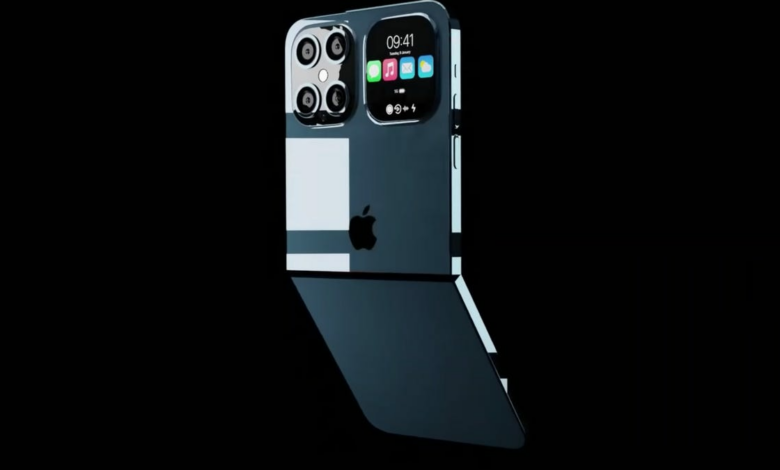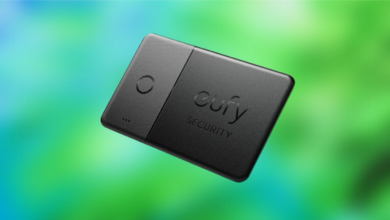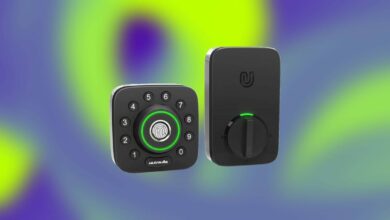A warning to Apple about the iPhone Flip

There have been rumors about Apple’s foldable iPhone for some time now. It was disappointing not to see it appear at the iPhone 16 event in September, but it’s likely that Apple will want to get in on the folding phone game at some point. After testing, reviewing, and photographing nearly every foldable phone since Samsung launched its first Z Fold in 2019, I have some thoughts – and words of caution – for Apple as it moves closer to potentially unveiling an iPhone Flip.
I’ve written before about why foldable phones have disappointed me and how Apple could be the company to boost the category. Because foldable products really need a boost. We’ve seen new foldable devices from Samsung, Google, Motorola and Xiaomi, and none of them have managed to get me particularly excited, as all the companies’ new launches were just repeats of what they already had.
Foldables are decent on the surface, but aside from the novelty of the bend display, they don’t offer anything unique. The more Android companies join the foldable fray, the more concerned I’ve become that Apple could run into the same problem, with the iPhone Flip being a generic, redundant novelty.
Check this out: When will the iPhone Flip be released?
A foldable iPhone should be more than just a regular iPhone with a screen that can bend.
This is what Apple needs to do.
Focus on software
Unfortunately, the foldable Android devices we’ve seen so far – including the new Samsung Galaxy Z Fold 6 and Z Flip 6 – are essentially regular Android phones with flexible displays. The hardware is certainly impressive, but once you get over the novelty of a phone that bends in half, it becomes just like any other phone. Except one that you paid a huge amount of money for.
The problem is that while the foldable hardware works well, the software is basically the same as that on the non-folding versions of the phones. There are few adjustments for the larger screens in the core Android software, and most third-party apps don’t really take advantage of the size. As a result, I’m still waiting for that “oh wow” moment that makes me see the true value of a foldable phone.
The hardware on Samsung’s Z Fold 6 has certainly evolved since the first Z Fold, but the software remains quite disappointing.
I had hoped that Google, as the maker of Android, would develop more software features that would take full advantage of the folding format with its Pixel Fold range. I like the most recent Pixel 9 Pro Fold and think it’s probably one of the best foldables out there. But there’s no doubt that it still feels more like an exercise in keeping up with the competition than a real attempt at innovation.
Apple’s deep developer relationships will hopefully play well here, with producers of productivity, entertainment and gaming apps likely ready to create great apps that show why foldable phones really are the next step in evolution from our phones.
Stand out from the crowd
Even on the hardware side, we are already seeing duplication in designs and form factors. Motorola’s new Razr Plus is essentially the same as Samsung’s Z Flip 6 and there’s little to choose between the OnePlus Open, Google Pixel Fold and Galaxy Z Fold 6, apart from a few minor details.
Most foldables we’ve seen so far tend to look similar.
Apple should avoid a foldable iPhone that just looks like a clone of existing foldable Android devices. It should stand out and reinforce why Apple is the champion when it comes to product engineering. Let’s not forget that Apple didn’t invent the cell phone, but with the first iPhone, its top designers and engineers created a product that completely revolutionized what a phone could be.
Apple has time on its side here; by being late to the party and not barging in with a “me too!” product, it has been able to see the progression of foldable devices, from Samsung’s first Z Fold to the more advanced models we have today. It’s given the company an opportunity to bide its time, learn from the mistakes of others, and hopefully bring the same spark that made the original iPhone so transformative into its first foldable iPhone.
Don’t skimp on the specs – and do so
A foldable iPhone, if we ever get one, should be the example of what Apple can achieve with a phone. Not only should it be cutting-edge in design, but also packed with the latest, greatest technology the company has to offer elsewhere. That means it should be able to keep up with the Pro models, and not be a shortened version that happens to fold.
The Galaxy Z Flip 6 is a nice package, but the hardware doesn’t compete with Samsung’s regular phones.
We’ve seen this with many other foldable phones, including Samsung, which typically packs its foldable phones – especially its Z Flip line – with lesser specs than you’d get from its top-end non-folding models. The result is that you are forced to pay a lot of money for the bendable phone, but still get lower performance than your friend who has a much cheaper phone than you.
That’s especially true for the cameras, with even Samsung’s most expensive Z Fold 6 having a camera setup that doesn’t compete with the S24 Ultra. So you have to choose between the best camera performance or the best folding technology. Either way, you have to compromise and that’s not okay when you’re spending well over four figures for the privilege.
An Apple foldable camera should include the same triple camera setup from the Pro line, along with ProRaw imaging and ProRes video recording. It should have the latest processor that can handle whatever you throw at it, and it should be able to use Apple’s new AI skills (Apple Intelligence) at least as well as any other phone the company makes.
Until we have a real foldable iPhone, we’ll have to make do with my horrible photoshopped version.
Such a device will cost a fortune, so Apple also needs a more affordable option aimed more at those who just want the fun of the hinge without all the bells and whistles. Why? Because it takes mass market appeal to get developers on board. A hyper-expensive elite iPhone Fold will have too few users early on, so why would developers waste time inventing and producing apps for so few potential customers? On the other hand, it will look like a toy if you just go for the cheap and fun model. A gimmick that makes headlines, but isn’t really for serious users.
To truly dominate the market with developers on board, Apple will have to address both sides of the value equation.




